
Historic England lists London cabbies' hut and Yorkshire "hobbit's home"
A London cabbies' shelter, a turf-covered home in Yorkshire and a Royal Navy intelligence-gathering station in Durham are among five new building listings made by Historic England to mark the 70th anniversary of "The List".
A 1970s holiday home in woodland near Cornwall and a Jewish cemetery in London also make it on to The National Heritage List for England.
The five new listings join nearly 400,000 historic sites, buildings and monuments deemed of particular significance by the heritage body Historic England.
"The diverse character of our land and its people is marked in the fabric of England's buildings and places. For 70 years the most special historic sites have been protected through listing so they can be enjoyed by future generations," said the organisation's head of listing, Debbie Mays.
"Born from the destruction of world war two, listing has allowed us to ensure thousands of places keep their special interest and help to tell England's extraordinary story."
Listed sites are given a status of grade I, II or II* based on their importance. Just 5.5 per cent of the list is given grade II* status, which denotes particular importance.
Architect Simon Smithson recently criticised The List's lack of post-war housing stock, following Historic England's refusal to list Robin Hood Gardens and its subsequent impending demolition.
Read the listing details from Historic England:
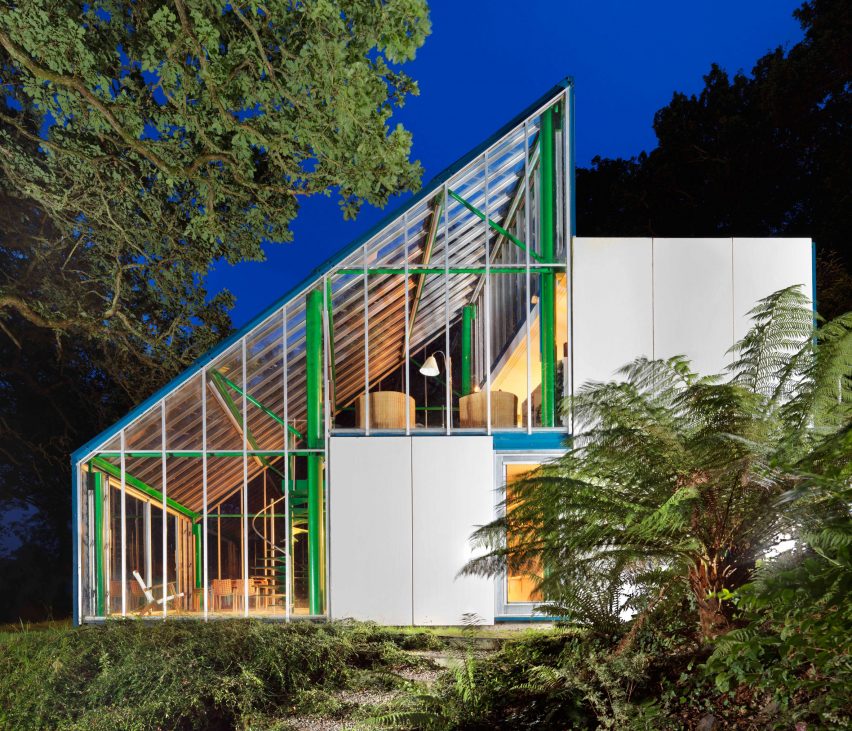
Pillwood House, Cornwall, 1973-74
Listed status: Grade II*
Seemingly suspended within the treetops of a wood near Truro, the bold geometric shapes of Pillwood slice into the landscape, with its jaunty spiral staircases making this family holiday home into what the architect John Miller called "a fun house, as well as a sun house".
Its large expanses of glass allow light to flood in and give wide views of the surrounding wood. Miller made early use of glass reinforced plastic, or fibreglass, to make the walls, which are lightweight but strong, and the steel frame was painted bright green to give it a visual connection with the surrounding trees.
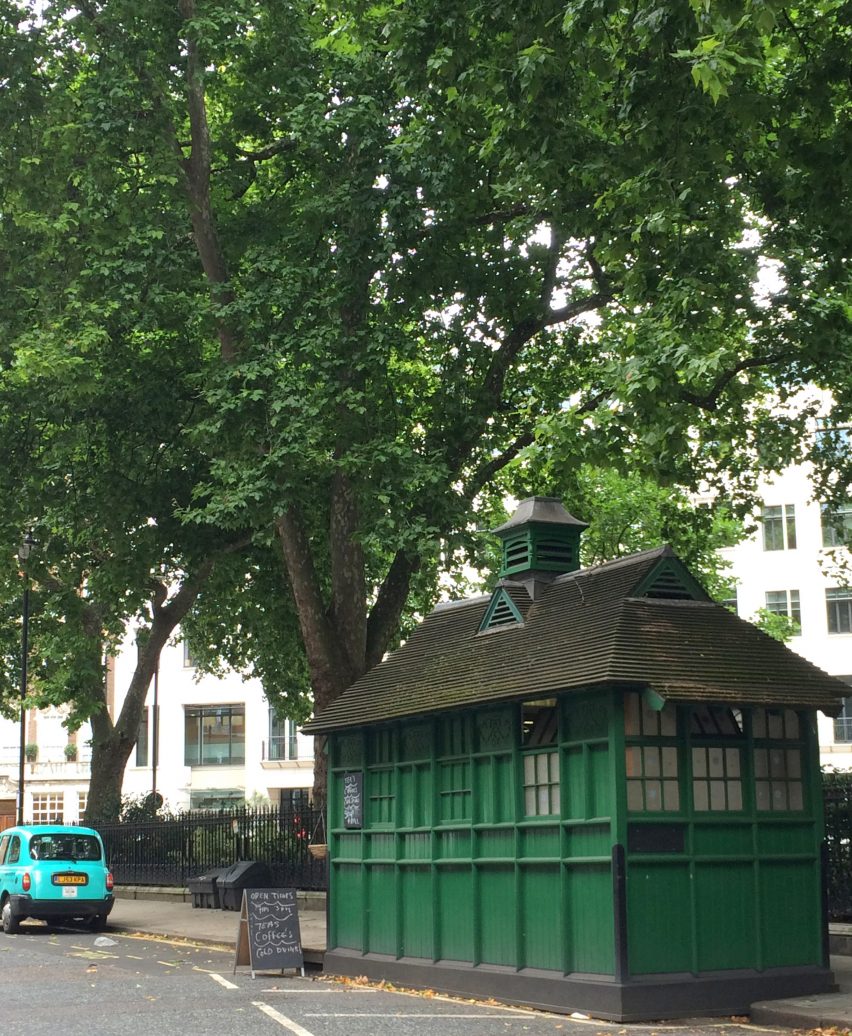
Cabmen's Shelter, London, 1906
Listed status: Grade II
This small but distinctive green cabbies' shelter, built in 1904, is one of only a handful still standing in London, put up by The Cabmen's Shelter Fund to provide cabbies with shelter and refreshments when they were on the ranks.
In the late 19th century, the drivers of London's horse-drawn hansom cabs were constantly exposed to the elements but weren't allowed to leave the rank while waiting for customers, leading many to take shelter in pubs and "drink more than is good for their health or behaviour".
To combat this, shelters were built throughout London. This one is still used by the city's taxi cab drivers today.
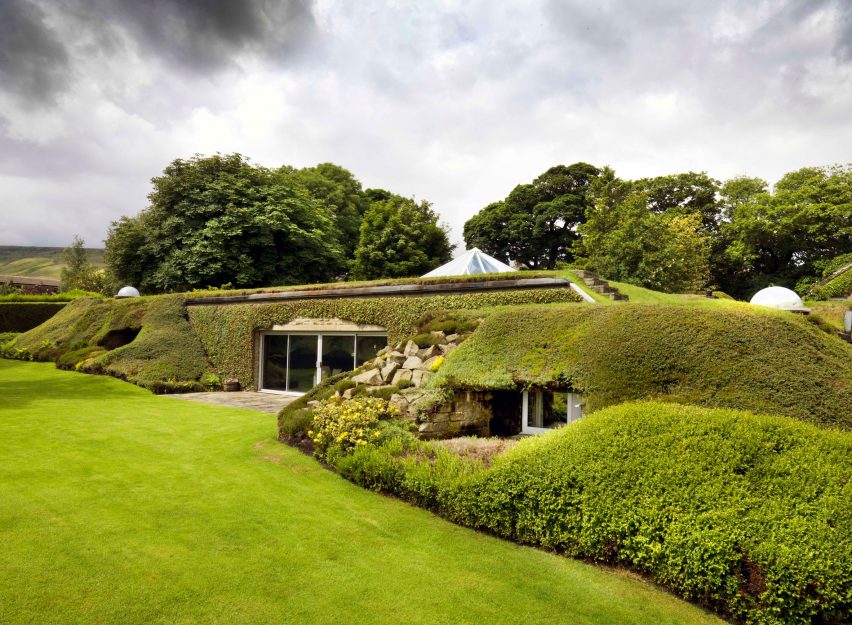
Underhill, Holme, West Yorkshire, 1973-5
Listed status: Grade II
Designed by Arthur Quarmby as a home for himself and his family, the aptly named Underhill is Britain's first modern earth-sheltered house and has been described as a luxury hobbit's home because of its captivating design.
Nestled within the Peak District National Park, this environmentally sensitive, underground house disappears into the rolling green moor, creating a harmony between natural and man-made worlds.
This connection with nature can also be experienced through the various roof lanterns and observation domes which give views of the sky and clouds, as Quarmby felt "architects have taken the sky out of architecture. I like to see the clouds scudding by."
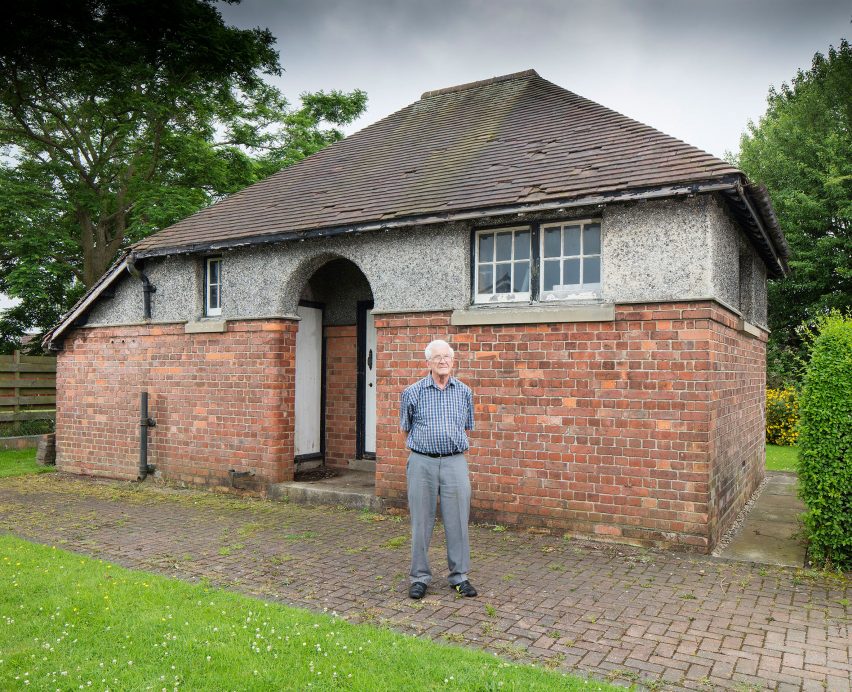
Stockton-on-Tees Wireless Station, County Durham, 1912-13
Listed status: Grade II
This building is thought to be the Royal Navy's only station capable of intelligence gathering at the outbreak of the first world war.
Now a private home, in its heyday Y Station Stockton was an integral part of a network of sites feeding information to the military and was perfectly positioned to monitor communications across the North Sea. Very few first world war wireless stations are still standing so this building is special as a rare survival from the early days of the development of wireless technology.
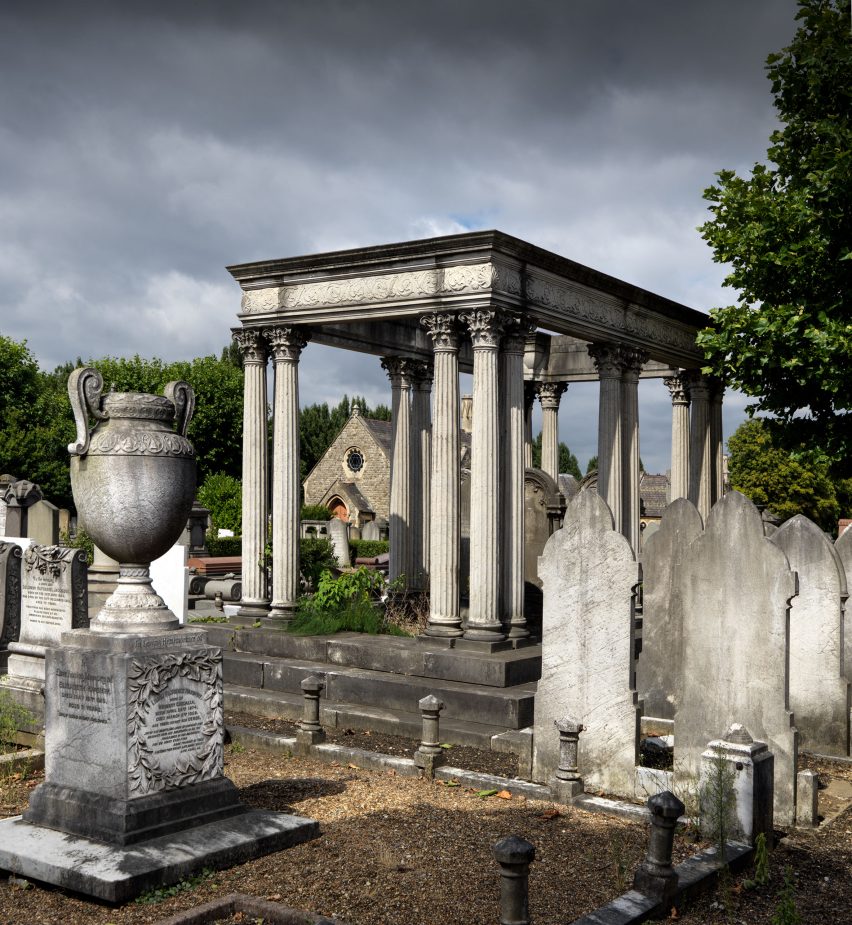
Funerary buildings at Willesden Jewish Cemetery (United Synagogue Cemetery), London, 1872-73
Listed status: Grade II
The United Synagogue Cemetery, known as the "Rolls-Royce" of London's Jewish cemeteries, was established in 1873 and soon became the prominent burial place for London's most established Anglo-Jewish Ashkenazi communities.
This Gothic Revival set of funerary buildings forms the cemetery's focal point and is a rare survival, as many similar complexes in England's Jewish cemeteries have been lost.
Each building plays a specific role in Jewish burial practice, from the central Prayer Hall, where the coffin is received, to the Cohanim Room, which was used only for those believed to be descended from the High Priest Aaron.